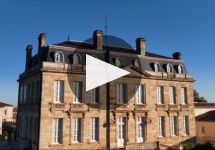Chateau Labegorce 2020
-
James
Suckling - Decanter
-
Jeb
Dunnuck - Vinous
-
Robert
Parker



Product Details
Your Rating
Somm Note
Winemaker Notes
2020 is a vintage of elegance, harmony and balance. A medley of black fruits, blackberries, blueberries and red fruits, including strawberries and raspberries. An intense aromatic expression supported by a sharp tannic line.
Professional Ratings
-
James Suckling
A tight, compact Labégorce with blackcurrant, walnut and some graphite. It’s medium-to full-bodied with a solid core of tannins and fruit. Some lead pencil. Very structured for this estate. Barrel Sample: 92-93
-
Decanter
Smoked cedar oak on the nose, a welcome touch in a vintage where tannins have frequently been turned up to 11. Grilled almonds; really a campfire edge. I like this, works well with the vintage. The fruit softens through the mid palate but the team has done a great job of finding extra layers flavor and complexity. Good stuff. 40% new oak. 2% Petit Verdot completes the blend. Yields around 32hl/ha. Just 20mm of rain in August here, which meant veraison was more difficult. Tasted this also at the estate, and both times I was impressed. Less opulent than 2019, more classic and serious but this is great.
Barrel Sample: 93 -
Jeb Dunnuck
A forward, textured, already delicious wine, the 2020 Chateau Labegorce offers lots of red and black fruit as well as notes of cedar, smoke tobacco, and chocolate. Based on 50% Cabernet Sauvignon, 45% Merlot, and the rest Cabernet Franc and Petit Verdot, aged in 40% new barrels, it has perfectly integrated oak, ripe, fine-grained tannins, and outstanding overall balance. Give bottles just a year or three and enjoy over the following 10-15 years or more. Best After 2023.
-
Vinous
The 2020 Labégorce is a dark, sumptuous beauty. 2020 has softened a bit with élevage, but it remains a distinctly potent, brooding Margaux. Best After 2025.
-
Robert Parker's Wine Advocate
The 2020 Labégorce has turned out nicely, bursting with aromas of cherries, berries and licorice, followed by a medium to full-bodied, rich and ample palate. Fleshy and layered, this contemporary-styled Margaux will drink well young. Best after 2023.
Other Vintages
2024-
James
Suckling - Vinous
- Vinous
-
James
Suckling - Decanter
-
Jeb
Dunnuck
- Decanter
-
Jeb
Dunnuck - Vinous
-
James
Suckling
- Vinous
-
Jeb
Dunnuck -
James
Suckling - Decanter
- Vinous
-
Jeb
Dunnuck - Decanter
-
James
Suckling -
Robert
Parker -
Wine
Spectator
-
Wine
Enthusiast -
Jeb
Dunnuck -
James
Suckling - Decanter
- Vinous
-
Robert
Parker -
Wine
Spectator
-
Jeb
Dunnuck - Decanter
-
Wine
Spectator -
James
Suckling -
Wine
Enthusiast -
Robert
Parker
-
James
Suckling -
Jeb
Dunnuck -
Wine
Enthusiast - Decanter
-
Robert
Parker -
Wine
Spectator
-
Wine
Enthusiast -
James
Suckling -
Jeb
Dunnuck -
Robert
Parker - Decanter
-
Robert
Parker -
Wine
Enthusiast -
James
Suckling -
Wine
Spectator
-
Robert
Parker -
Wine
Spectator
-
Wine
Spectator
-
Wine
Enthusiast -
Wine
Spectator
-
Wine
Enthusiast -
Wine
Spectator
-
Wine
Enthusiast -
Wine
Spectator
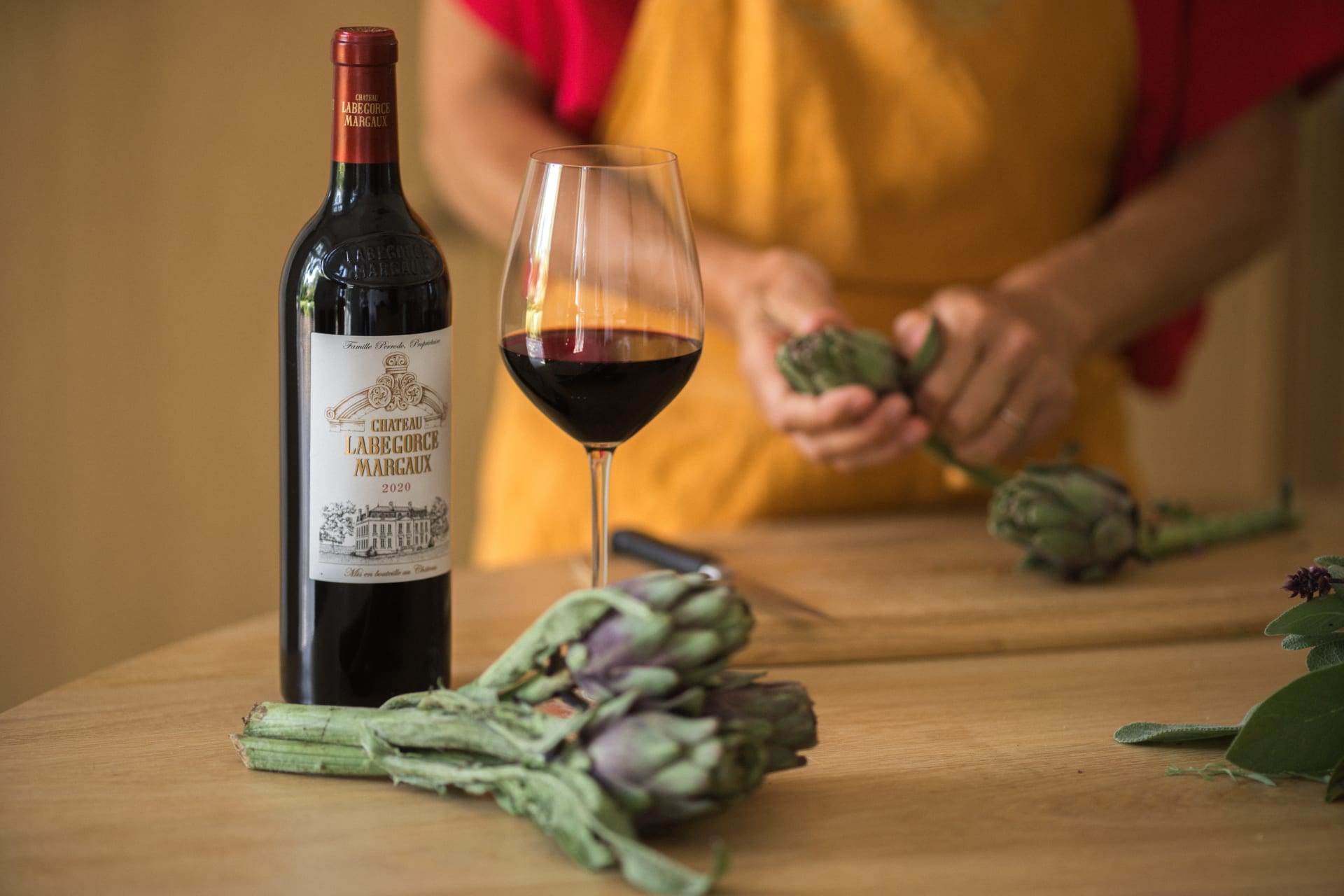
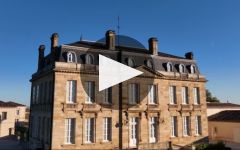
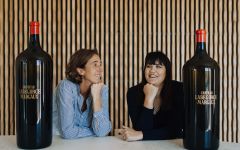
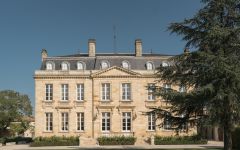
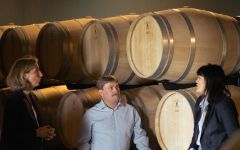
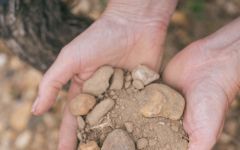

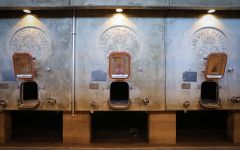
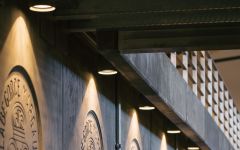
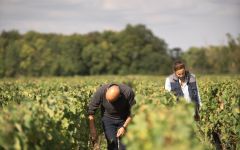
The story of the Perrodo Estates began with Hubert Perrodo, a man of great passion whose conquering, pioneering spirit made him determined to think and act differently. His fondness for this adopted region prompted him to invest in the vineyards of Bordeaux, and in 1989 he purchased Château Labégorce Margaux with the aim of making it into one of the greatest Margaux estates.
In 2006, his taste for new challenges and his eagerness to revive what he saw as a place of enormous potential led him to acquire Château Marquis d’Alesme Becker, third Grand Cru Classé, an estate in the heart of Margaux village where he embarked upon an extensive refurbishment project.
Since 2009, Nathalie Perrodo has embodied the continuity of her family’s values in these estates. Her watchwords are Confidence, Boldness and Action. She has initiated a new vision of what great Bordeaux wines can offer, combining outstanding terroir, centuries-old tradition and a unique vision of contemporary luxury. Under her leadership, and with her team headed by Marjolaine de Coninck, ambitious work has been undertaken to highlight the key assets of each estate. A new era bearing the stamp of modernity has begun. In 2020 the Domaines Perrodo grew further with the acquisition of Château La Tour de Mons in the north of Margaux, a continuous estate surrounded by woodland that is a huge biodiversity reservoir steeped in history. With this new acquisition, the Perrodo family joins a long line of wine-growers who have loved this land over the centuries.
Nathalie and Marjolaine form a uniquely energetic duo supported by the values that make the Domaines Perrodo into an enterprise turned squarely towards the future. Always eager to rise to new challenges and apply innovative methods, they now manage 140 hectares of vineyards in Margaux.

One of the world’s most classic and popular styles of red wine, Bordeaux-inspired blends have spread from their homeland in France to nearly every corner of the New World. Typically based on either Cabernet Sauvignon or Merlot and supported by Cabernet Franc, Malbec and Petit Verdot, the best of these are densely hued, fragrant, full of fruit and boast a structure that begs for cellar time. Somm Secret—Blends from Bordeaux are generally earthier compared to those from the New World, which tend to be fruit-dominant.

Silky, seductive and polished are the words that characterize the best wines from Margaux, the most inland appellation of the Médoc on the Left Bank of Bordeaux.
Margaux’s gravel soils are the thinnest of the Médoc, making them most penetrable by vine roots—some reaching down over 23 feet for water. The best sites are said to be on gentle outcrops, or croupes, where more gravel facilitates good drainage.
The Left Bank of Bordeaux subscribes to an arguably outdated method of classification but it is nonetheless important in regards to history of the area. In 1855 the finest chateaux were deemed on the basis of reputation and trading price—at that time. In 1855, Chateau Margaux achieved first growth status, yet it has been Chateau Palmer (officially third growth from the 1855 classification) that has consistently outperformed others throughout the 20th century.
Chateau Margaux in top vintages is capable of producing red Cabernet Sauvignon based wines described as pure, intense, spell-binding, refined and profound with flavors and aromas of black currant, violets, roses, orange peel, black tea and incense.
Other top producers worthy of noting include Chateau Rauzan-Ségla, Lascombes, Brane-Cantenac, and d’Issan, among others.
The best wines of Margaux combine a deep ruby color with a polished structure, concentration and an unrivaled elegance.
